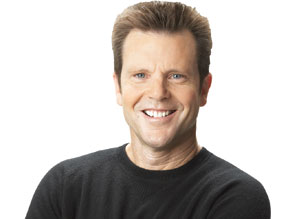3 Types of Exercise You Need to Stay Fit

To achieve true fitness, you need a strategy that includes cardio (aerobic) exercise, strength training, and "functional fitness" exercises. Here's how much of each type to aim for, depending on your goal.
1. Cardio
In order to lose weight and keep it off, I recommend exercising aerobically for six hours a week at a moderately high intensity, which I define as vigorous activity with very deep breathing. This may sound like a lot, but you can break up those six hours however you like. Cycling or walking for an hour six days a week would do it, or you could exercise on an elliptical trainer or swim for 75 minutes five days a week. Although you may not be ready for six hours right off the bat, aim as high as you can when you begin. Make your first goal 90 to 150 minutes per week, the minimum amount for disease protection. If you're very overweight or have any medical conditions, check with your doctor before increasing activity.
2. Strength Training
Strength training will increase your muscle tone, which requires more calories to maintain than fat; therefore, your body will burn a greater number of calories as part of its daily upkeep—even when you're sleeping. Strength training also reinforces the skeleton, helping to stem bone loss. You'll want to start with a variety of exercises, using either free weights or machines, that work the major muscle groups: abdomen, back, arms, shoulders, and legs. And you'll want to begin with weights that are challenging but not so heavy that they force you to compromise your form. Ideally, work up to doing strength-training exercises two to three times a week. (Find sample exercises in The Life You Want and here.)
3. Functional Fitness
Being "functionally fit" means having the strength and agility to get through daily life with ease—from toting an armload of groceries to reaching for a coat in the back of a closet. Functional fitness also makes other types of exercise easier and helps protect you against injury. The exercises that improve functional fitness are primarily stretches, crunches, and other resistance exercises that you do with or without weights. As a group, they increase your core strength, flexibility, balance, and coordination, as well as improve your posture and help you move more gracefully. They take so little time, you should really do them every day, but if that's impossible, do what you can. (Find sample exercises in The Life You Want and here.)
Ready to Get Moving?
- Get really motivated to exercise
- 7 amazing workout videos that show you exactly what you need to do
- The worst foods list: What you must avoid at all costs



